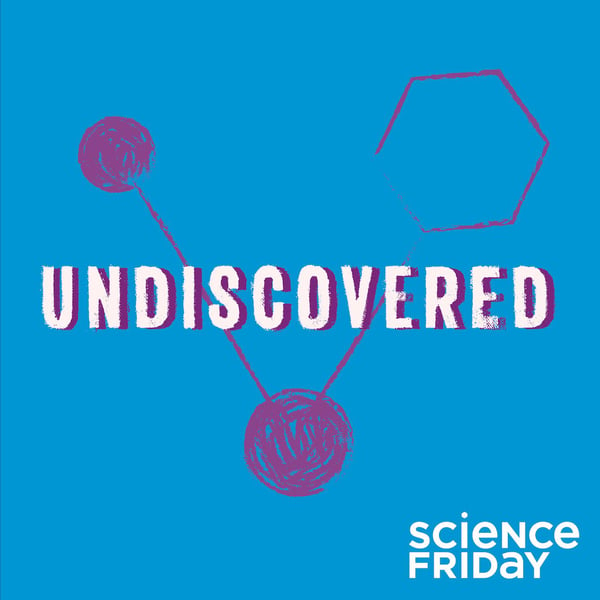Kurt Vonnegut and the Rainmakers
Undiscovered
Science Friday and WNYC Studios
4.6 • 768 Ratings
🗓️ 20 June 2017
⏱️ 32 minutes
🧾️ Download transcript
Summary
Transcript
Click on a timestamp to play from that location
| 0:00.0 | Listener supported WNYC Studios. |
| 0:09.6 | I'm Annie, and I'm Ella, and this is Undiscovered, a podcast about the backstories of science. |
| 0:27.7 | For millennia, we have tried to coax rain from the clouds in just about every way imaginable. |
| 0:30.6 | We've prayed for it, we danced for it. |
| 0:34.2 | At one point, we thought we could blast it out of the air with dynamite. |
| 0:36.9 | Yeah, that didn't work so well, but it did cause a bunch of fires. |
| 0:42.3 | But one of my favorite stories about rainmaking is about a guy named Charles Hatfield. I would say that Charles Hatfield was America's great rainmaker or great rain faker. |
| 0:49.6 | We really don't know which. |
| 0:52.1 | Cynthia Barnett, author of Rain, A Natural and Cultural History. |
| 0:56.0 | Charles Hadfield was a traveling rainmaker or moisture accelerator. |
| 1:00.1 | That is actually what he called himself. |
| 1:02.4 | He'd travel around Southern California, promising rain to anyone who would pay. |
| 1:06.7 | And pretty soon, he gained a reputation for actually delivering the goods. |
| 1:10.7 | He got credit for filling up streams and reservoirs. |
| 1:14.0 | But wherever he went, he was hounded by the Weather Bureau, who wanted to expose him as a fraud. |
| 1:19.3 | Oh, absolutely. |
| 1:20.7 | The chief of meteorology, he literally would chase him around the nation with letters and he would call reporters and try to get exposés written on him. |
| 1:34.7 | Charles Hadfield was not the first person to promise rain for cash. |
| 1:38.4 | Traveling rainmakers descended on the American Great Plains in the 1890s. |
| 1:42.3 | And the Weather Bureau for years was telling farmers and governments, stop giving money |
| 1:47.9 | to these people. |
| 1:49.1 | They do not actually make it rain. |
... |
Please login to see the full transcript.
Disclaimer: The podcast and artwork embedded on this page are from Science Friday and WNYC Studios, and are the property of its owner and not affiliated with or endorsed by Tapesearch.
Generated transcripts are the property of Science Friday and WNYC Studios and are distributed freely under the Fair Use doctrine. Transcripts generated by Tapesearch are not guaranteed to be accurate.
Copyright © Tapesearch 2025.

